In the world of logistics and transport, the term “point load” is critical to ensuring efficiency, safety, and structural integrity when dealing with semi-trailers. This guide delves into the intricacies of point loads, their implications, and management techniques, providing a holistic understanding for manufacturers, drivers, and logistics managers alike.
What is a Point Load?
A point load refers to a force applied at a specific point on a structure, in this case, the semi-trailer. When a load is concentrated at a single point, it can create stress concentrations that affect the trailer’s frame, suspension system, and cargo integrity. Understanding point loads is crucial for proper load distribution and stability during transportation.
Key Characteristics of Point Loads
- Magnitude: Represents the weight applied at a specific point and is measured in pounds or kilograms.
- Direction: Indicates the angle at which the load is applied; typically vertical but can also be angled.
- Location: Refers to the specific point on the semi-trailer where the load is applied, affecting how weight is distributed.
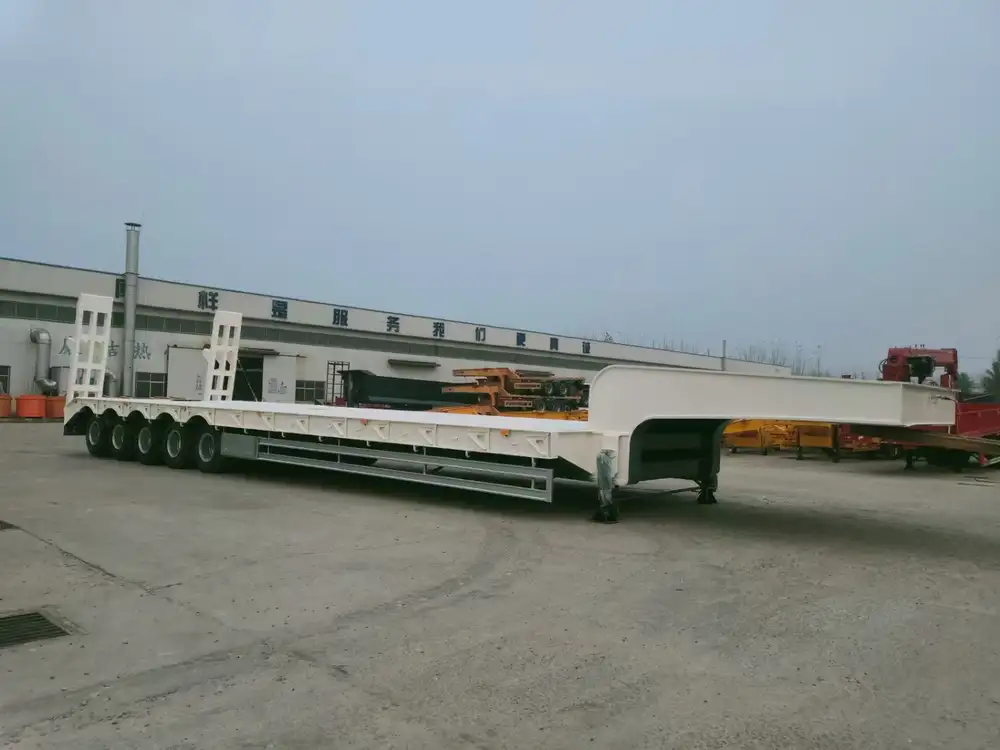
Importance of Proper Load Distribution
Why Load Distribution Matters
Improper load distribution can lead to a range of issues:
- Increased Wear and Tear: Point loads can accelerate wear on suspension and tires, leading to costly repairs.
- Safety Hazards: A poorly loaded trailer increases the risk of rollovers or loss of control during transit.
- Legal Compliance: Overloading specific axles can lead to fines and damage to the trailer itself.
Principles of Load Distribution
- Weight Balance: Distributing weight evenly prevents excessive point loading, reducing strain on the trailer.
- Center of Gravity: Maintaining a low center of gravity enhances stability and reduces the risk of tipping.
- Axle Loading: Ensuring no single axle carries more than its rated capacity protects against structural damage.
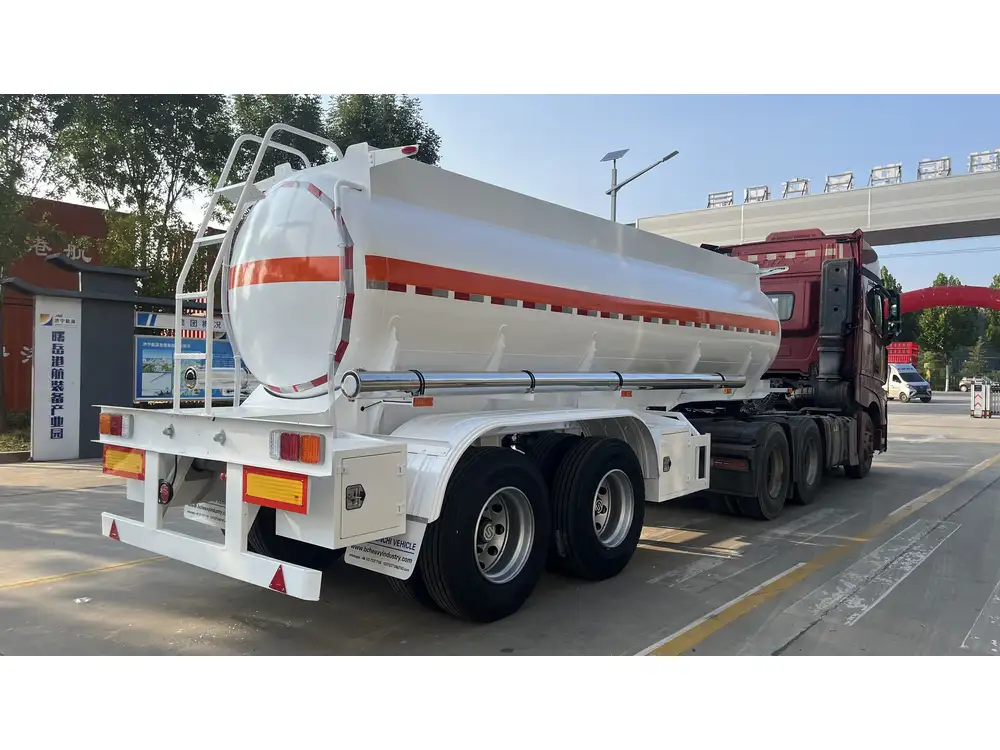
Factors Influencing Point Loads on Semi-Trailers
Cargo Type and Arrangement
- Static Loads: Heavy machinery or bulk materials that exert significant point loads.
- Dynamic Loads: Loads that shift during transport, requiring securement methods to minimize point loading effects.
Structural Design of Semi-Trailers
- Material Strength: The choice of materials influences how much point load can be supported without compromising integrity.
- Frame Design: Tubular frames, for instance, might distribute point loads better than flat designs.

Weather and Environmental Conditions
- Temperature Variations: Extreme heat or cold can affect material properties, altering how they respond to loads.
- Road Conditions: Bumpy or uneven roads can exacerbate the effects of point loads by causing sudden shifts.
Measuring and Calculating Point Loads
Tools for Measurement
- Load Cells: Devices that measure force or weight acting on a point.
- Digital Scales: Useful for weighing cargo before loading to ensure distribution is within safe limits.

Calculation Methodology
To calculate the impact of a point load on a semi-trailer, follow these steps:
- Identify Total Load (W): Determine the overall weight of the cargo.
- Determine Load Distribution: Assess how the load is packaged and arranged.
- Calculate Point Load (P): Utilize formulas from engineering mechanics, primarily ( P = W/n ), where ( n ) is the number of points of contact.
Example Calculation
Imagine a semi-trailer carrying a load weighing 10,000 lbs. If the load is distributed across five contact points:
- Each point load = ( \frac{10,000 \text{ lbs}}{5} = 2,000 \text{ lbs} )
Managing Point Loads Effectively

Strategic Cargo Loading Techniques
- Load Configuration: Planning the arrangement of cargo to minimize point loads and ensure stability.
- Use of Dunnage: Employing materials like airbags or foam blocks to distribute loads evenly across surfaces.
Regular Inspection Protocols
Regularly inspecting both the trailer and cargo can help identify potential points of failure:
- Visual Inspections: Check for wear and tear, especially at the high-stress points.
- Load Observations: Monitoring how loads shift and how trailers respond can highlight potential issues.
Legal Regulations Concerning Load Limits
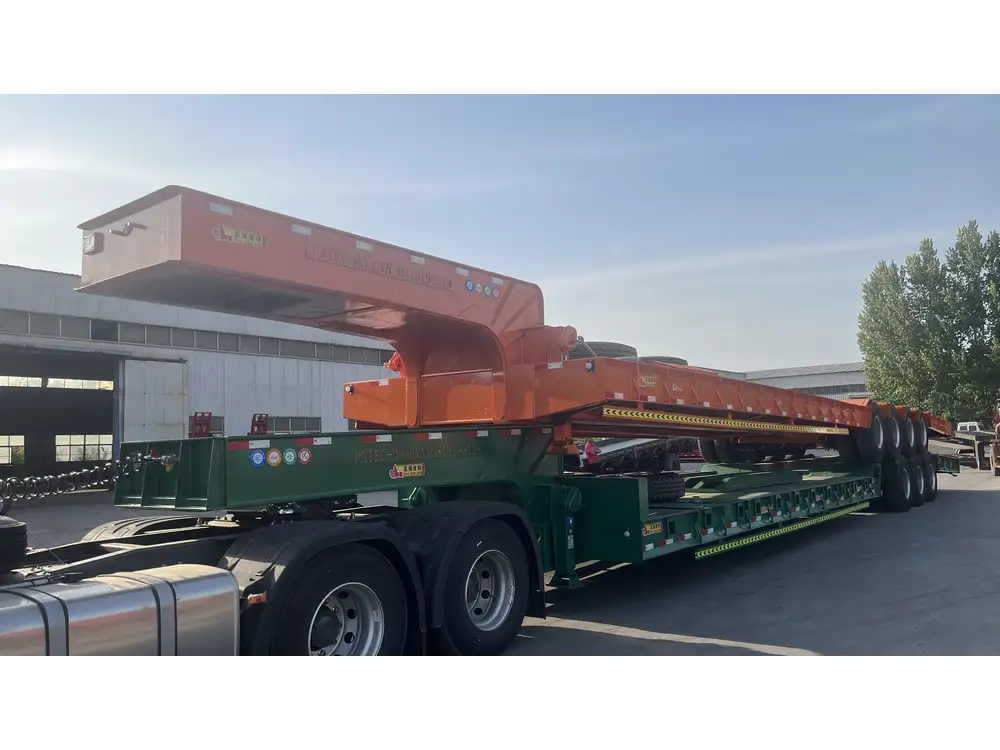
Federal Standards and Compliance
In the United States, the Federal Motor Carrier Safety Administration (FMCSA) regulates load limits. Understanding these regulations is essential for compliance:
- Gross Vehicle Weight Rating (GVWR): Total weight the vehicle can safely carry.
- Axle Weight Limits: Maximum weight per axle to prevent excessive strain.
State-Specific Guidelines
Different states may have additional regulations regarding weight distribution and load limits. Always check local laws to ensure compliance.
Tools and Technology for Load Management
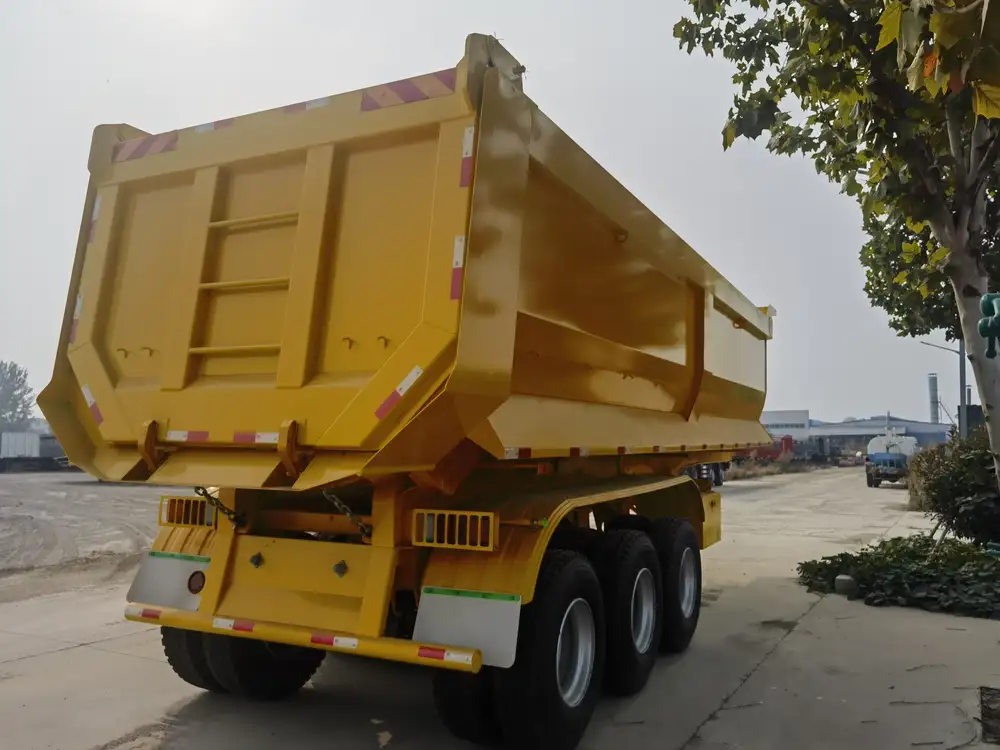
Load Management Software
Investing in software can streamline load planning, offering features like:
- Weight Distribution Analysis: Helps visualize how loads are spread across the trailer.
- Real-Time Monitoring: Sensors can provide real-time data on how loads are shifting during transport.
Advanced Simulation Tools
Utilizing 3D modeling and simulation software can help visualize and manage load distribution and point loads before actual loading takes place, reducing the risk of errors.
Best Practices for Maintaining Trailer Structural Integrity
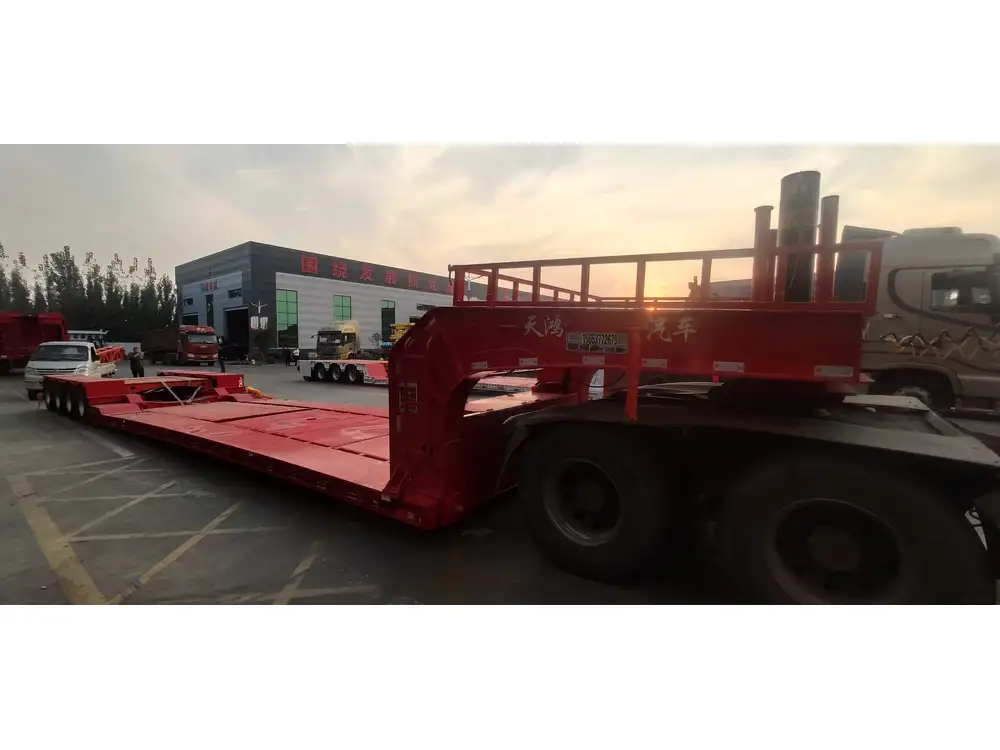
Routine Maintenance
- Suspension Checks: Regularly inspect and maintain suspension systems to handle varied loads efficiently.
- Frame Inspections: Look for signs of stress or fatigue, especially around attachment points and joints.
Driver Training Programs
Educating drivers on:
- Proper Loading Techniques: Ensures adherence to best practices in load distribution.
- Identifying Unsafe Conditions: Equips drivers with the ability to spot potential safety risks during transport.
Common Myths and Misconceptions About Point Loads
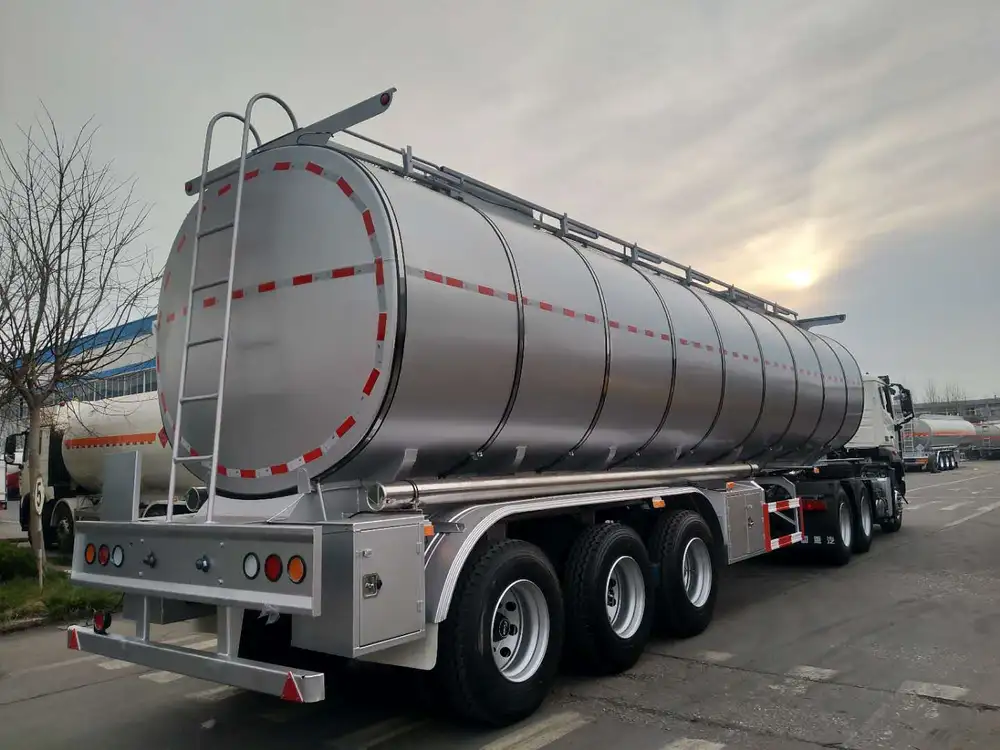
Misconception 1: “All Loads Can Be Randomly Placed”
This isn’t true. Strategic placement is vital for maintaining vehicle integrity and safety.
Misconception 2: “Point Loads Don’t Affect the Trailer After Loading”
Point loads can lead to structural compromise over time. Regular inspection is necessary.
Misconception 3: “More Weight Equals More Stability”
While heavier loads can sometimes provide stability, improperly distributed weight can lead to dangerous situations like rollovers or excessive wear.
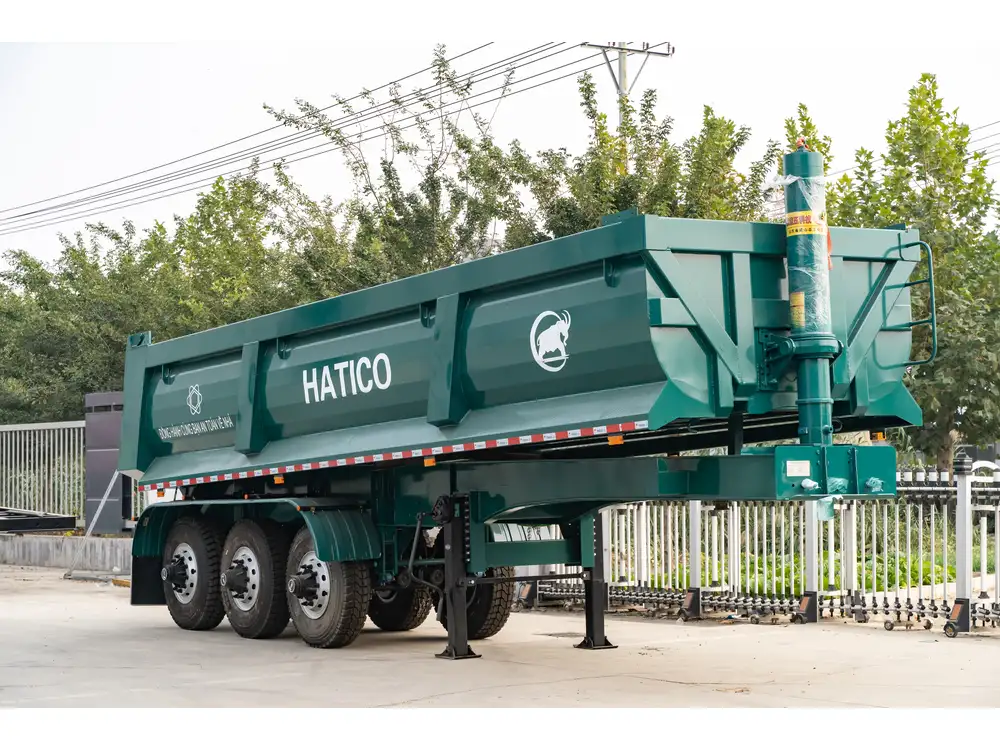
Conclusion: The Critical Nature of Understanding Point Loads
Understanding the dynamics of point loads on semi-trailers is essential for anyone involved in the transportation industry. Awareness of their impacts, proper management techniques, and adherence to legal regulations can optimize performance, safety, and longevity of equipment. By employing strategic loading techniques, utilizing technology, and maintaining regular inspection schedules, transport professionals can mitigate risks associated with point loads.
Final Considerations
- Educate and Train: Continuous learning and training programs can ensure all personnel are aware of best practices.
- Utilize Technology: Implementing modern tools can enhance load management efficacy.
- Stay Informed: Keeping up-to-date with regulatory changes will help maintain compliance and safety standards.
By addressing the complexities associated with point loads thoughtfully and comprehensively, we equip ourselves to ensure safer and more efficient hauling operations that ultimately meet industry standards and customer expectations.



